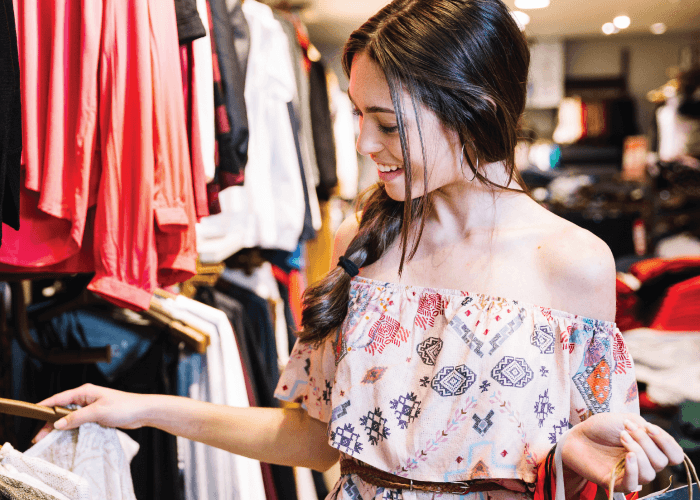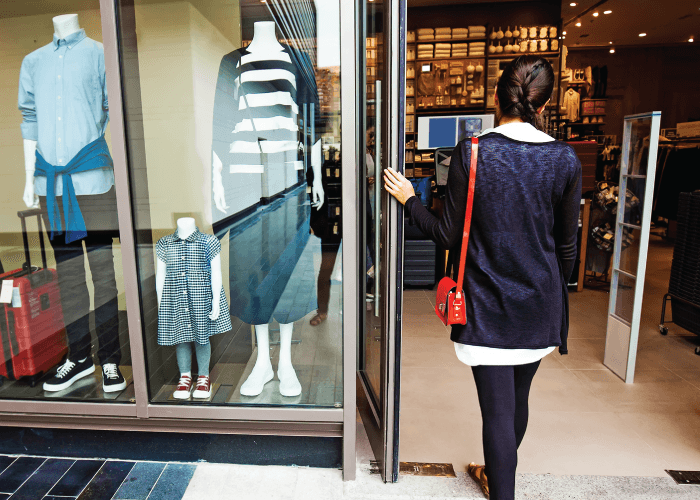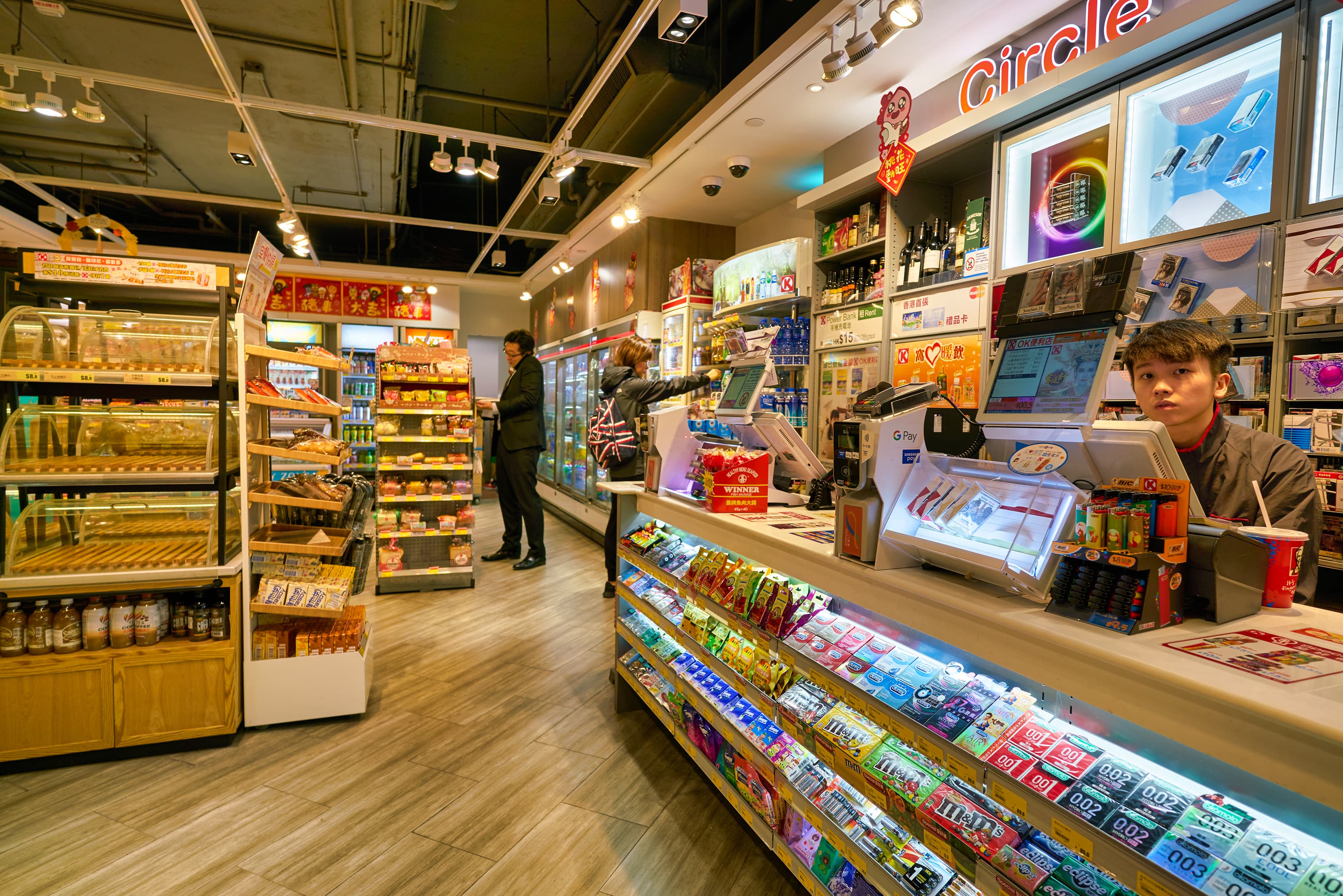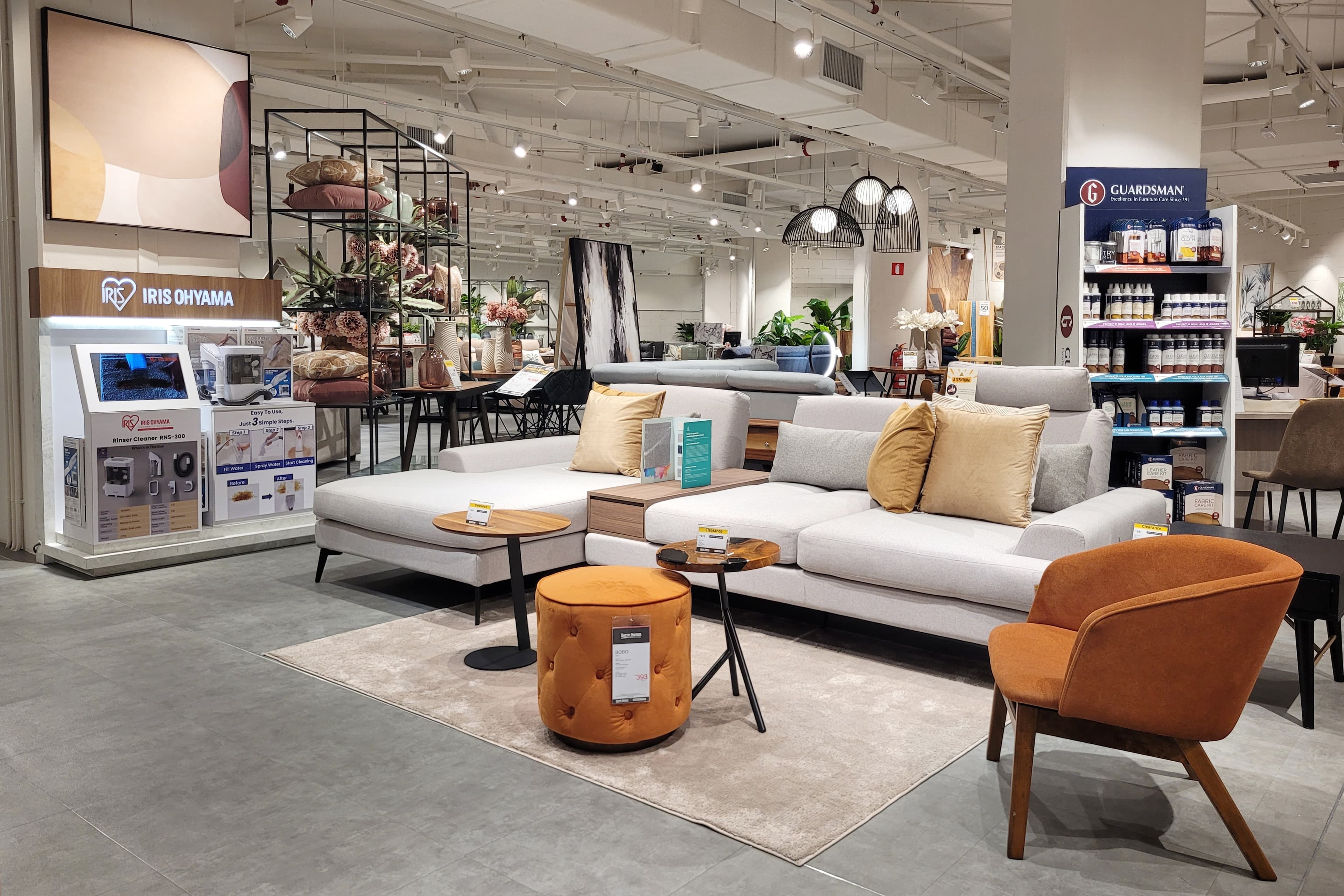Hot Stuff: Top 4 U.S. Summer Retail Trends Of 2024

On this page
As the days stretch longer and the sun warms up, US retail prepares for the seasonal shift. Summer brings with it not only the promise of warmer weather but also a host of changes in consumer behavior and industry trends. Adaptation is the key to survival, and understanding the market pulse is paramount.
This blog will examine the trends shaping the retail landscape this summer, drawing insights from industry leaders and real-life examples from major brands. From inclusivity initiatives to the rise of ‘retailtainment’ each trend offers a glimpse into the changing dynamics of the retail sector. So, grab a(n) (iced) coffee, settle in, and join us as we explore the exciting world of 2024 summer retail trends in the US.
READ MORE: Recipe For Success: What Retailers Can Learn From McDonald’s
The Rise Of Retailtainment
The idea that physical retail is on its way out has been a major preoccupation for pundits for the past decade, and the pandemic served as further kindling. But brick-and-mortar stores still play a vital role for today’s consumers. The Drum reports that shoppers still want the physical shopping experience, with 74% of consumers relying on stores at some point during their purchase process - they just want more from them. Furthermore, 70% admit they can’t recall the last time a brand excited them. But, with a new wave of highly interactive, engaging, and entertaining experiences, retailers are regaining momentum.
In an era where experiences reign supreme, retailers must transform traditional shopping outings into immersive and entertaining experiences, a trend commonly referred to as "retailtainment." This fusion of retail and entertainment aims to captivate consumers' attention and create memorable interactions that extend beyond mere transactions. One shining example of retailtainment in action is the LEGO Store. With its vibrant displays, interactive play areas, and larger-than-life LEGO creations, the LEGO Store transcends the typical shopping experience, drawing in visitors of all ages. Through hands-on building activities, themed events, and even in-store master builder workshops, LEGO not only sells products but also fosters a sense of creativity and community among its customers.
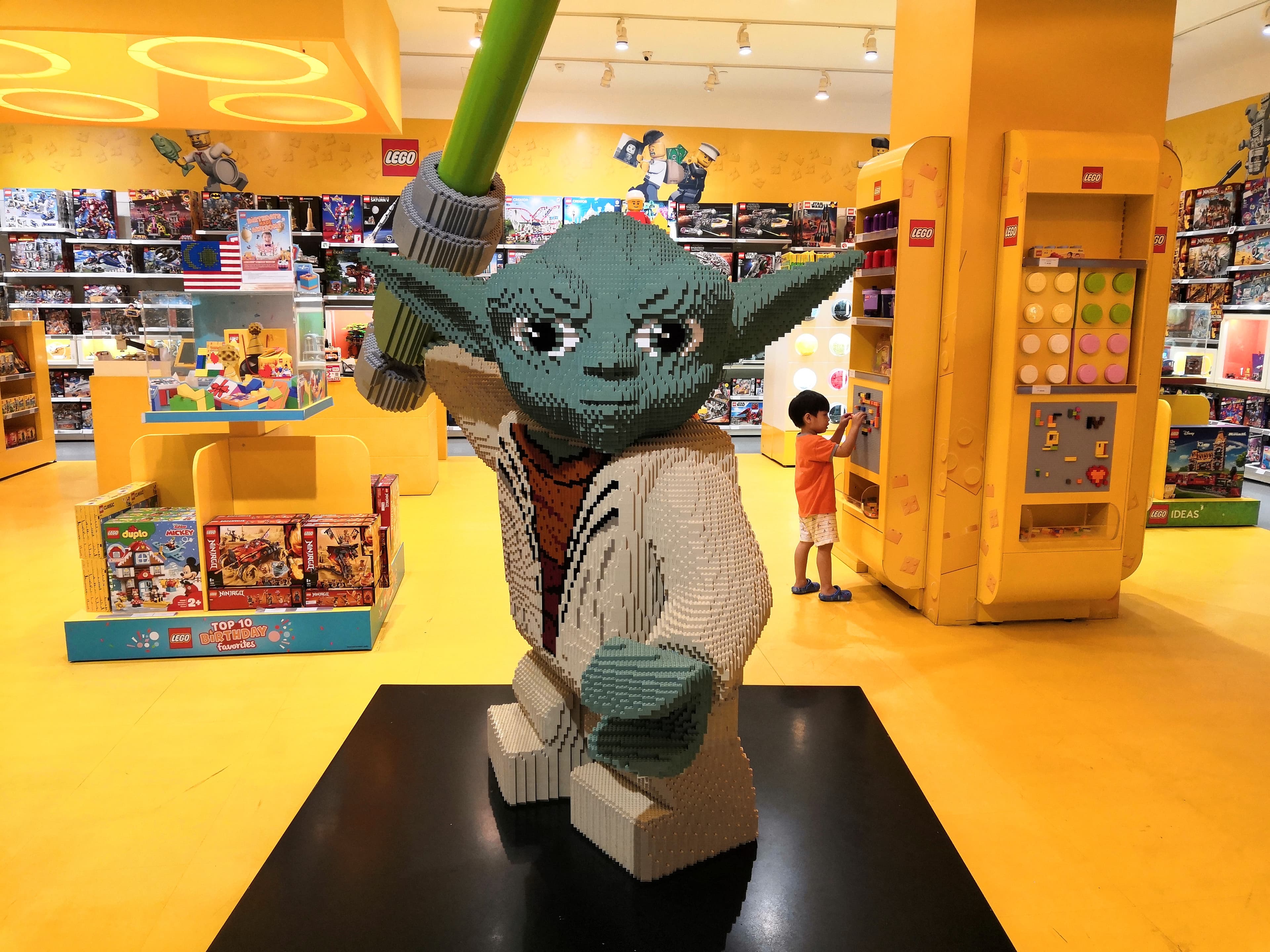
Neiman Marcus most notably experimented with retailtainment for the launch of this summer’s Balmain “Beach Club” capsule collection, which includes ten ready-to-wear and four handbag styles. Neiman Marcus and Balmain collaborated to create a beach club-inspired installation at the Neiman Marcus store in North Park Center, Dallas. The installation covers an area of 2,500 square feet and features black and white striped umbrellas, lounge chairs, an ivy-covered pergola, ocean scenes, and visual elements derived from the Balmain archive print. This installation aims to convey “a celebration of high summer living,” according to Lana Todorovich, chief merchandising officer of Neiman Marcus.
This summer, brands will continue to lean toward experimental art direction and a more experiential in-store presence, especially in multi-brand spaces where competitor brands are only a few paces away.
More Celeb Brand Partnerships
Celebrity brand partnerships have become a potent strategy for driving consumer engagement and sales. Collaborations between brands and high-profile figures offer a unique opportunity to leverage celebrities' influence and star power to capture the attention of fans and followers. This summer, we're witnessing a surge in celebrity brand partnerships across various industries as brands seek to tap into celebrities' massive reach and cultural relevance.
One striking illustration of this phenomenon is the partnership between SKIMS, the shapewear and loungewear brand founded by Kim Kardashian, and retail giant Nordstrom. The collaboration brought SKIMS products to Nordstrom's shelves, expanding the brand's reach beyond its online platform and into brick-and-mortar stores. With Kim Kardashian's massive social media following and influence, the partnership generated significant excitement among fans and fashion enthusiasts alike. SKIMS' emphasis on inclusivity and diversity in its product offerings resonated with consumers, contributing to its rapid success. By teaming up with a high-profile figure like Kim Kardashian, Nordstrom strengthened its position as a fashion-forward and inclusive apparel destination. SKIMS has gone on to partner with the likes of Swarovski, FENDI, the NBA, and the who’s who of Hollywood. These collaborations underscore the growing trend of celebrity brand partnerships as a strategic tool for driving sales and elevating brand awareness in the competitive retail landscape.
More recently, Jessica Simpson partnered with Walmart to create an inclusive clothing line with “Texas Charm.” The collection is ideal for spring and summer wear, featuring boho-chic designs and warm-weather classics. The size-inclusive collection has sportswear ranging from XS to 4X and swimwear from XS to XXL. “I am so excited to partner with Walmart to bring our collection to a whole new group of dynamic and beautiful customers,” Simpson said. “Walmart is an incredible one-stop-shop and allows us to further expand our mission to help every woman feel her absolute best and most confident in fashion and accessories that are on-trend, while still being classic and affordable.” Accessibility is the next frontier in celebrity collaborations, and we’re bound to see more this summer.
Sustainability Stays Relevant
In recent years, sustainability has emerged as a defining trend in retail, and this summer is no exception. Consumers are increasingly conscious of the environmental impact of their purchases, driving brands to prioritize eco-friendly practices. In fact, a recent NRF article reported that over half of the U.S. population now says concern for the environment is very serious and should be a priority for everyone, an 18-point increase in the last decade.
As people in the United States try to determine which actions have the greatest impact on the environment, circularity-related issues such as waste reduction and responsible sourcing are gaining more attention. The circular economy is gaining traction in the marketplace, with 80% of Americans agreeing that a waste-free lifestyle is desirable to achieve within the next two decades.
For consumers, embracing a circular economy often entails buying pre-owned items. In fact, a study by GfK Consumer Life found that nearly half of Americans bought something secondhand in 2023. Secondhand shopping, which was once primarily targeted at lower-income consumers, is now becoming more popular among higher-income individuals. Over the past decade, high-income consumers have significantly increased their secondhand purchases, while low-income Americans have decreased theirs. This may be attributed to more luxury brands embracing circularity while mass-appeal outlets race to the bottom on price.
For example, let's consider the popular outdoor clothing company Patagonia. Patagonia is famous for its unwavering dedication to sustainability. It is leading the industry by utilizing recycled materials in its products. The company's range of products includes backpacks made from recycled plastic bottles and jackets made from reclaimed materials. Patagonia caters to eco-conscious consumers while maintaining its commitment to environmental responsibility. Plus, its ‘Worn Wear’ program allows customers to trade used Patagonia items for discounts on new stock.
READ MORE: How Retailers Can Leverage Circular Economies
Increased Inclusivity In Fashion
In recent years, there has been a notable (and some may note: well overdue) shift in the fashion industry towards inclusivity and body positivity, as brands recognize the importance of catering to diverse body types and identities. This summer, we're witnessing an increased focus on representing and celebrating the full spectrum of beauty, challenging traditional standards and stereotypes. After all, every body is a summer body!
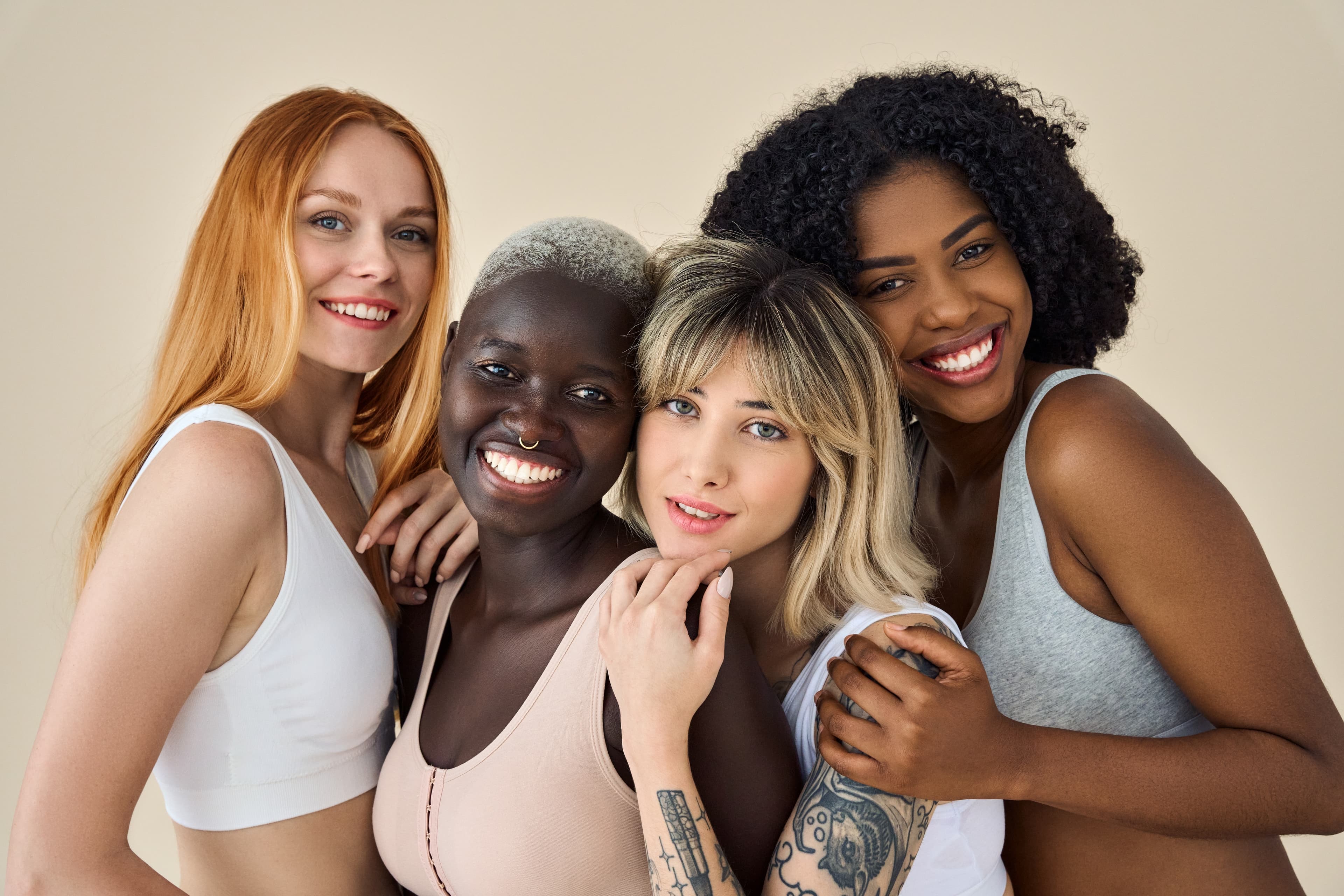
A standout example of this trend is the swimwear brand Aerie, which has gained widespread acclaim for its commitment to inclusivity. Aerie's #AerieREAL campaign celebrates diversity by featuring unretouched models of all shapes, sizes, and backgrounds and proudly embracing their natural selves. By showcasing a range of body types in its advertising and offering inclusive sizing options, Aerie empowers customers to feel confident and comfortable in their own skin. This emphasis on authenticity and inclusivity resonates with consumers and sets a positive example for the fashion industry as a whole, encouraging other brands to follow suit and prioritize representation and diversity in their marketing efforts.
This inclusivity does wonders for brand sentiment, but it’s also just good business. The more people a brand appeals to, the more people will invest in its products – it’s just that simple… More holistically, though, inclusion and diversity in all facets of a retail business, from products to senior leadership, create more resilient, relevant businesses. In its 2023 ‘Diversity Matters Even More’ report, McKinsey argues, "Companies must move boldly beyond increasing diverse representation to integrating DEI [diversity, equity, and inclusion] in a purpose-driven approach, broadening the company’s positive impact across stakeholders, employees, the external community, and the environment.” More focus on DEI, both internally and externally, will be critical for retailers this summer and beyond.
As we look forward to the summer of 2024, several key trends emerge as defining features of the season. Retailtainment takes center stage, with brands leveraging immersive experiences to captivate consumers and elevate the shopping journey. Inclusivity and body positivity continue to gain momentum, with fashion retailers embracing diversity and representation to cater to a wider audience. Sustainability remains a top priority, as consumers demand eco-friendly practices and products that align with their values. Lastly, celebrity brand collaborations flourish, driving consumer engagement and sales through strategic partnerships with high-profile figures. Together, these trends drive innovation and reshape how brands connect with consumers in the summer of 2024 and beyond.
PULSE REPORT: The State Of Data Monetization In Retail Today
About the author:

Ashton Kirsten, Global Brand Manager, RetailNext
Ashton holds a Master's Degree in English and is passionate about physical retail's unbridled potential to excite, entertain, serve, and solve problems for today's shoppers.
